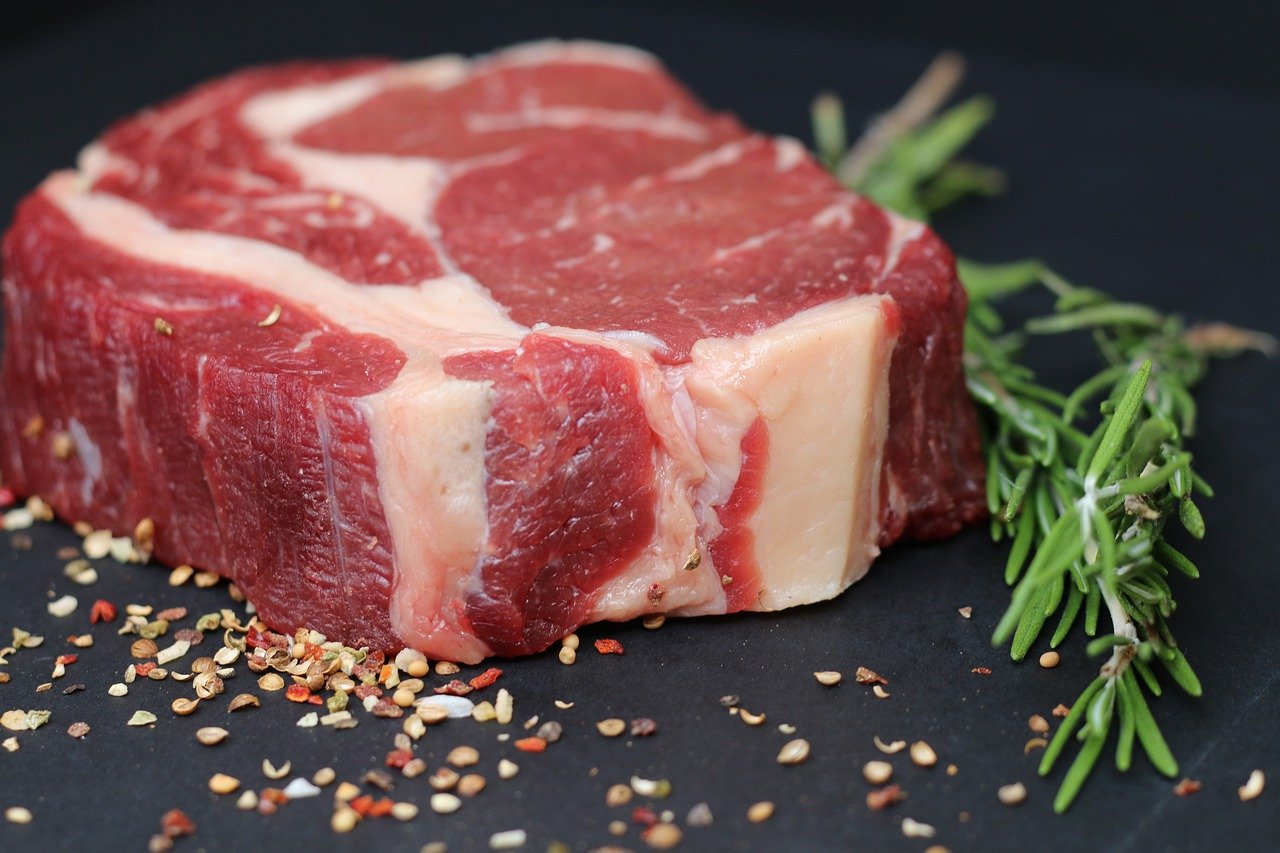Keeping your meat right is important. There’s a lot to think about, but it’s not as difficult as it may seem. In this section, we discuss everything you need to know about the best-before-the-day, final consumption day and how to best store your meat in the freezer and fridge.
Best before date
The best before date, which is stated on the package, states the date on which the food is expected to retain its quality, provided it has been stored appropriately. All meat is labeled with the best before date. Vacuum packed meat is even better nearer the best-before date, this is when the meat has been able to gain even more.
When buying meat, pay attention to the fact that the meat looks fresh and appetizing in color and that the packaging does not contain meat juice. If you do not want to eat the meat before the best date, freeze it until it is time to cook.
Expiration date
Last day of consumption says how long the food is safe to eat. The label is used for foods that can be harmful to health if eaten after a certain time. Raw minced meat and raw sausage, which consists of smaller pieces or minced meat, can be more easily attacked by bacteria than whole pieces of meat. Therefore, they are marked with the last day of consumption.
Stores are not allowed to sell food after the last day of consumption has passed.
Meat in the refrigerator
Meat can be refrigerated at low temperature. The longest shelf life
you achieve if you store the meat at temperatures just above the freezing point of the meat. The shelf life then decreases with increasing
temperatures. It is therefore important that you quickly put the meat in the fridge. Place the meat in the coldest part of the fridge and check that the fridge holds a maximum of +4 degrees, especially if they are not to be eaten within a short time. Do not open the package until the meat is to be used. This is especially true for sensitive foods such as minced meat, fish and seafood.
Meat in the freezer
When freezing and thawing meat and other raw materials, it is an advantage if as little ice crystals are formed in the raw materials as possible. A slow freeze gives larger ice crystals and this means that more of the meat juice is lost when the meat is thawed and that it becomes drier during cooking. The shorter the time it takes for the raw materials to come down to the same temperature as it is in the freezer (-18˚C) the better. The quick freezing is achieved by packing the meat in smaller packages or bags which are spread in the freezer. Feel free to make flat packets of minced meat.
FREEZING STORAGE (-18˚)
Pork: fat parts: 3 months, lean parts: 6 months
Beef: 8-12 months
Lamb meat: 6-12 months depending on fat content
Before food: 3 months
Meats: 1-2 months
